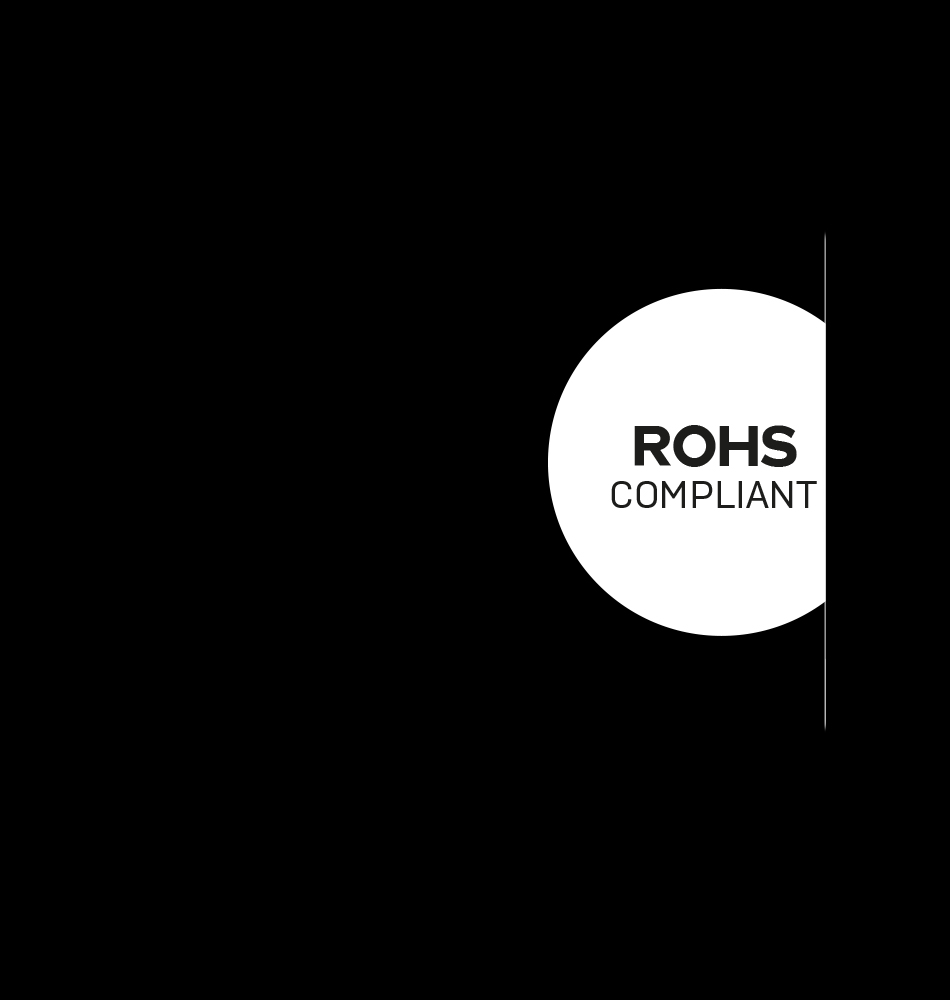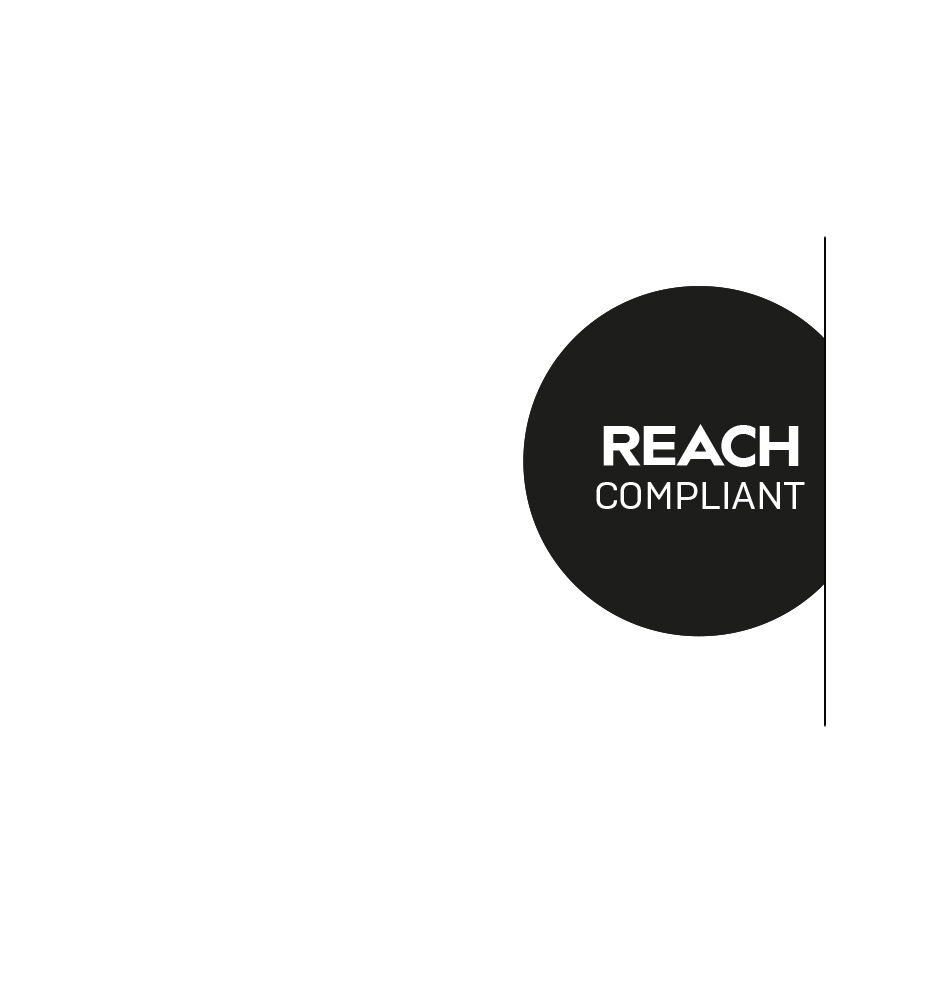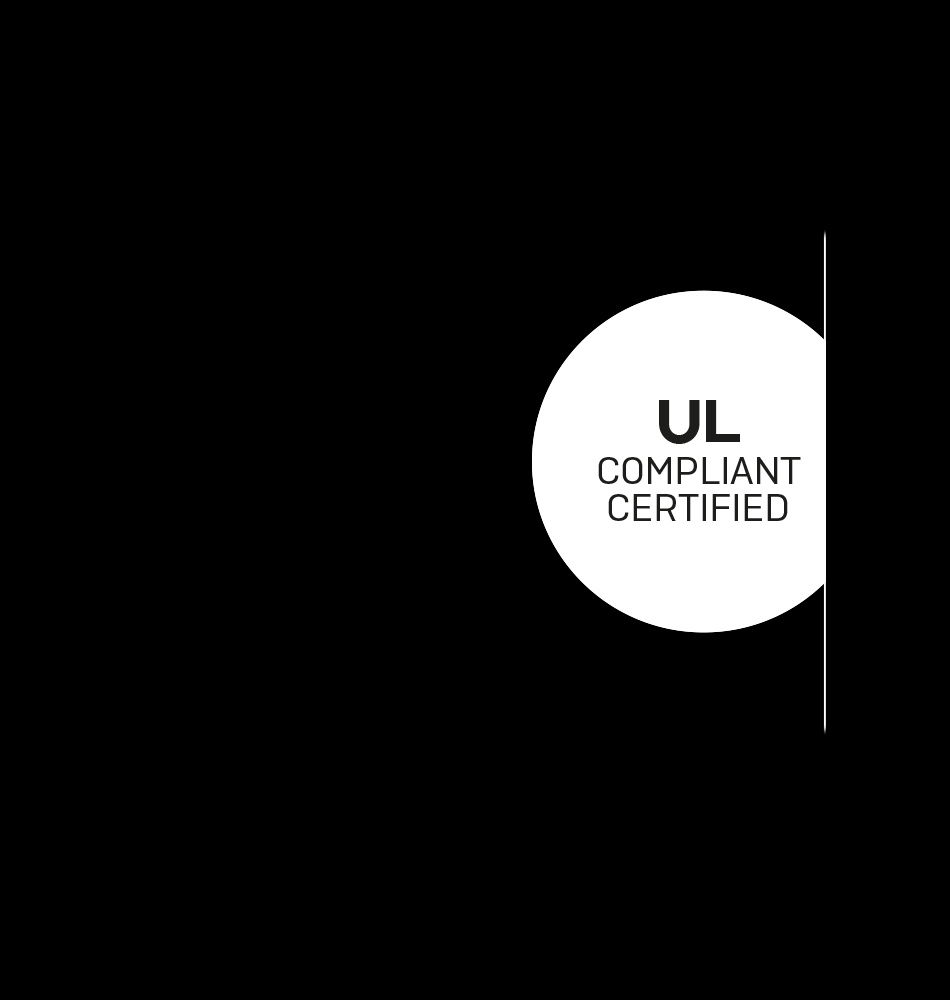Certificates
Lindy Patch Cable Ranges
Global standardisation institutions define the requirements, parameters and standards to be met by network cables.

RoHS (Restriction of Hazardous Substances)
The European RoHS Directive limits the use of certain substances harmful to the environment and health (currently 10 substances, e.g. lead, mercury or cadmium) in electrical and electronic equipment to a maximum of 0.1% by weight. Since 2011, external connecting cables with a nominal voltage < 250V, to which all patch cables belong, have also been subject to this regulation. RoHS is part of the required EU Declaration of Conformity, which is manifested by the CE marking of the cables (on the packaging).

REACH (Registration, Evaluation, Authorisation and Restriction of Chemicals)
The REACH regulation regulates the official registration of chemicals. It lays down information and obligations companies must follow if certain SVHC substances (Substances of very high concern) are contained in products in a concentration of more than 0.1 percent by weight. Since July 2019, the REACH SVHC list has included almost 200 substances and substance classes. In order to ensure that Lindy products are REACH-compliant, we have material and component suppliers submit test reports to us from test laboratories that prove REACH conformity.

UL (Underwriters Laboratories)
UL is a U.S. independent certification organization for product safety. UL certification is not mandatory in Europe,
but is still highly regarded in the markets
and leads more easily to acceptance, especially for larger projects. Cables are specifically tested and certified with regard to their suitability for the specified purpose, flame retardance, temperature resistance, flue gas emission, etc. The majority of Lindy patch cables have UL certification, with the exception of CCA cables, TPE sheathed
cables, flat sheathed cables and LSZH
cables in categories 6A (AWG 27), 7 and 8.1.

ISO/IEC 11801
International standard for the customer’s need for independent cabling in information technology. It describes suitable cabling for a large number of applications in the area of data transmission standards as well as digital and analogue telephony. The classes for optical fibre connections OM1 to OM5 and OS1 and OS2 are defined here, as are connection classes A to G and cable categories 1 to 8 for twisted pair connections. With the exception of CCA cables and flat patch cables, all Lindy patch cables comply with this standard.